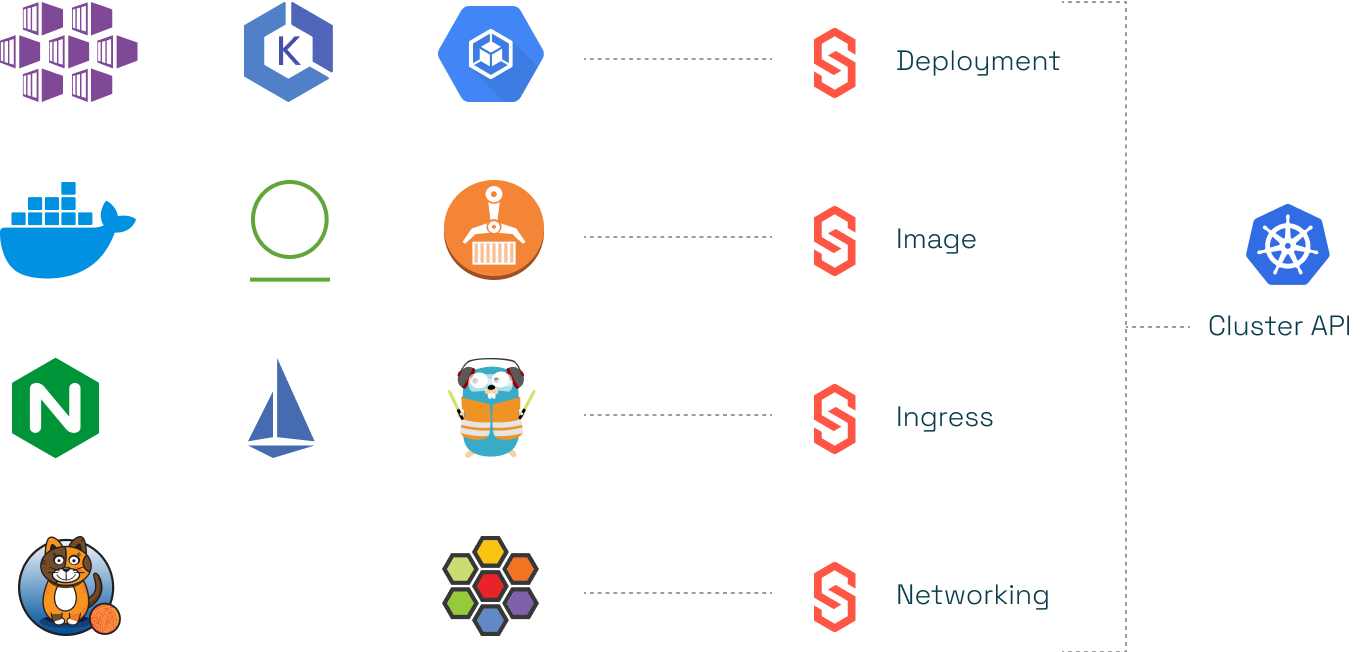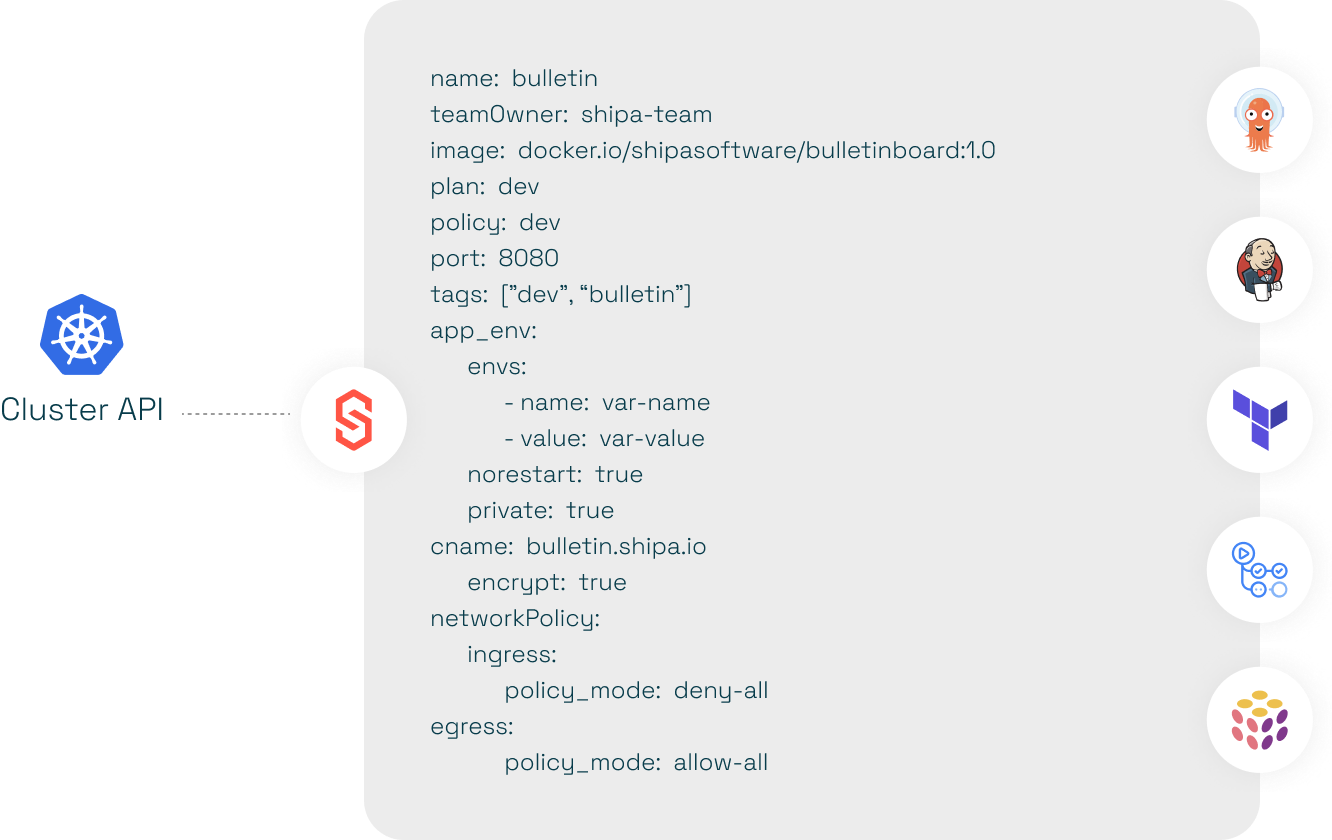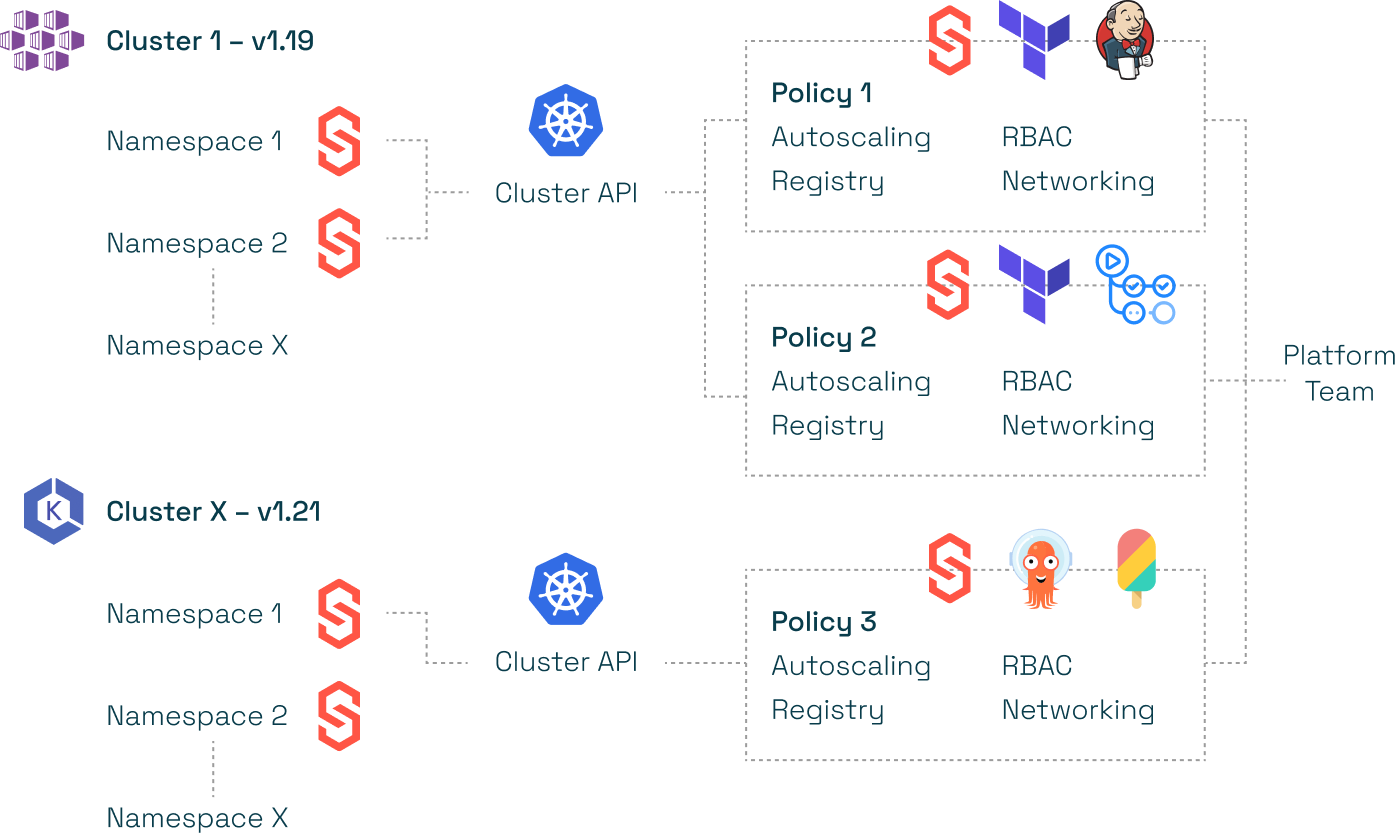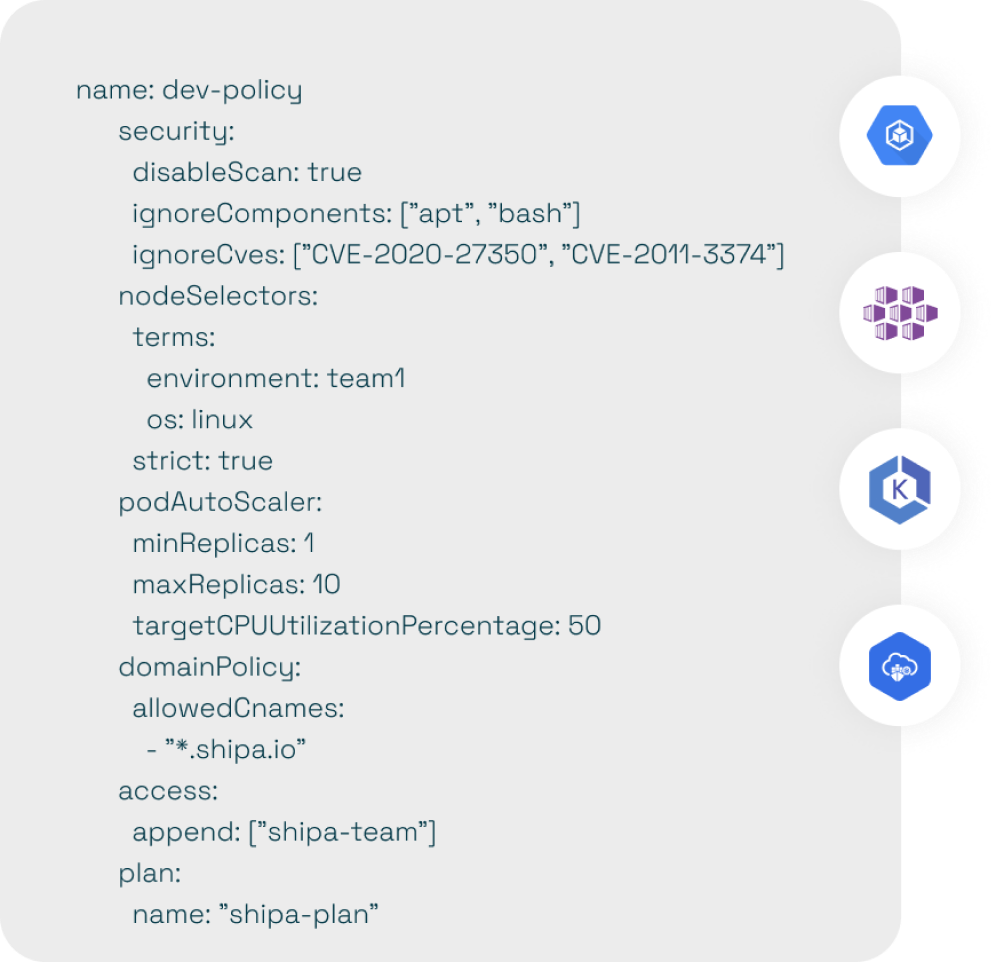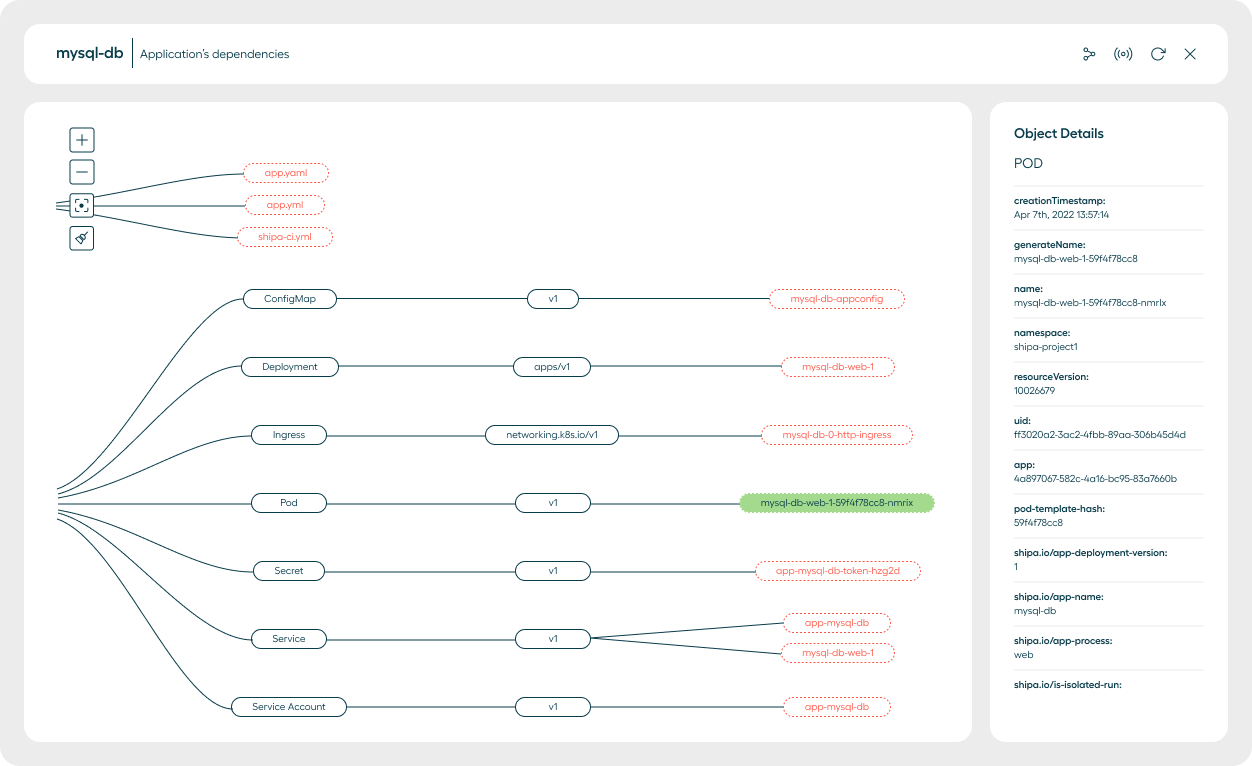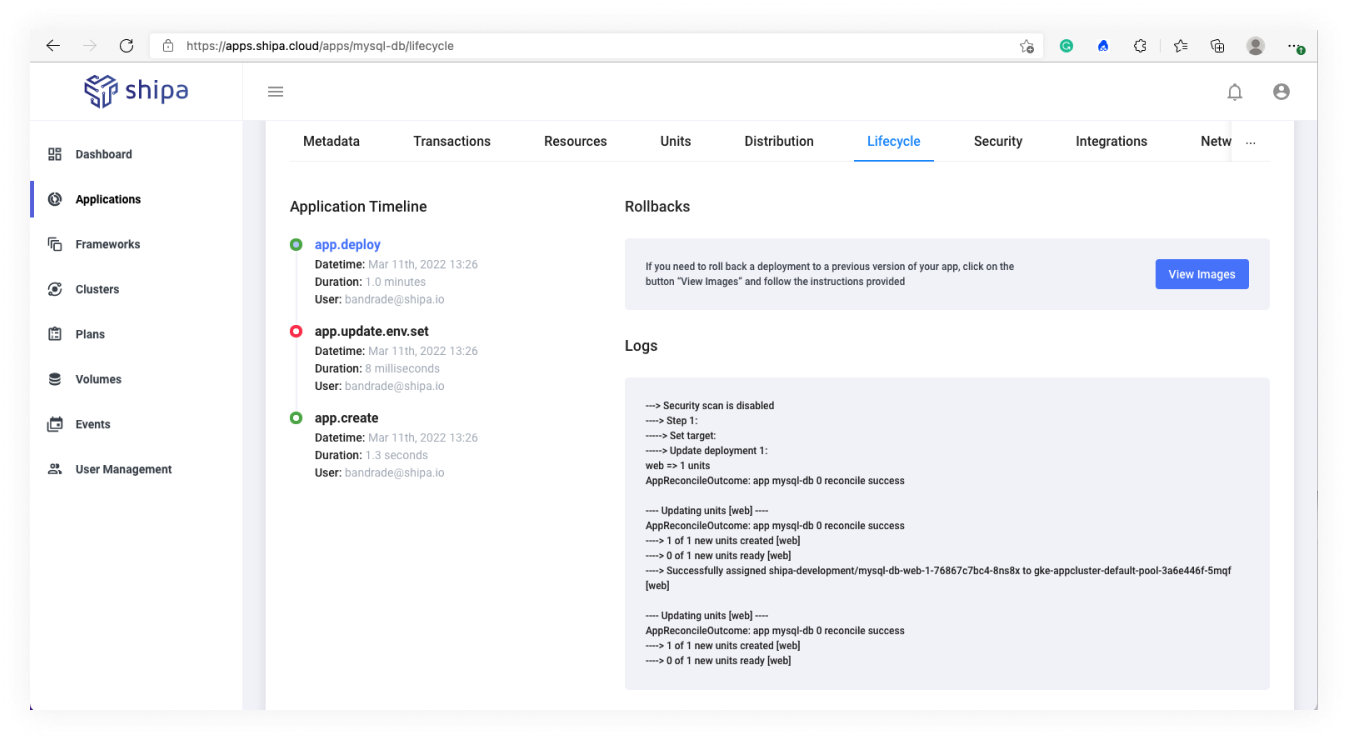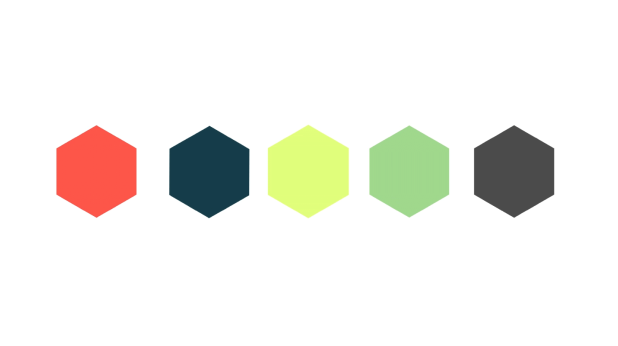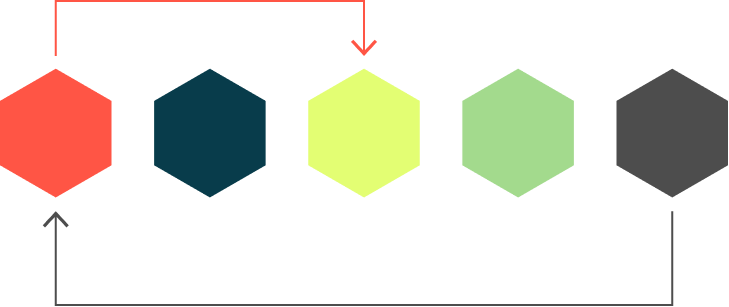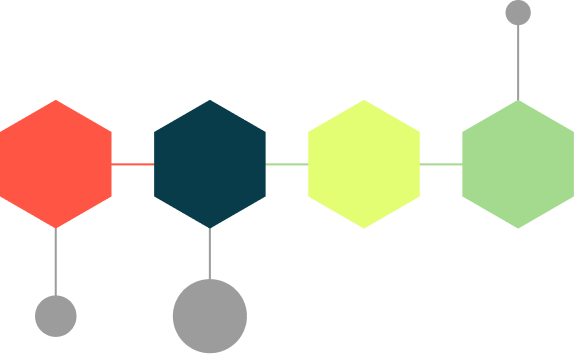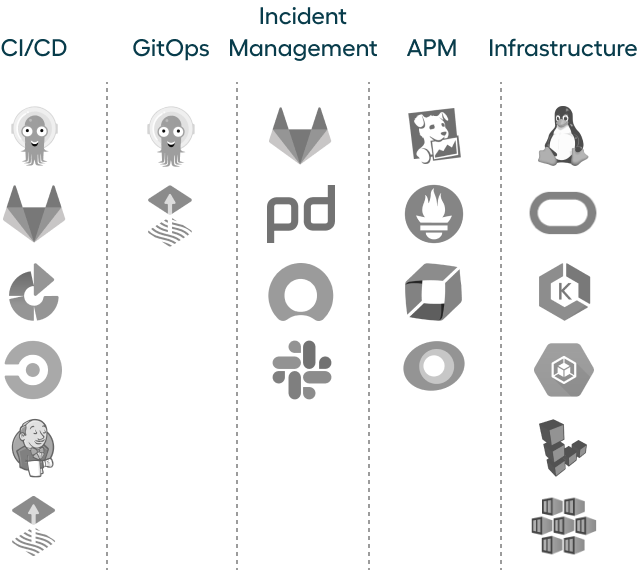Use standardized application and policy definitions
that work across any infrastructure. Focus on
application deployment and management rather
than infrastructure-related issues.
Promo Area: Latest events, blogs, news
Application Definition

Results
Policy Framework
By using a standard policy definition, you simplify
rule-writing and ensure that applications deployed
across cloud native infrastructures comply with
those defined policies.
Application Portal
Use this GUI-based portal to manage applications
after deployment — no matter where they’re
deployed.
Platform teams around the world trust Shipa



